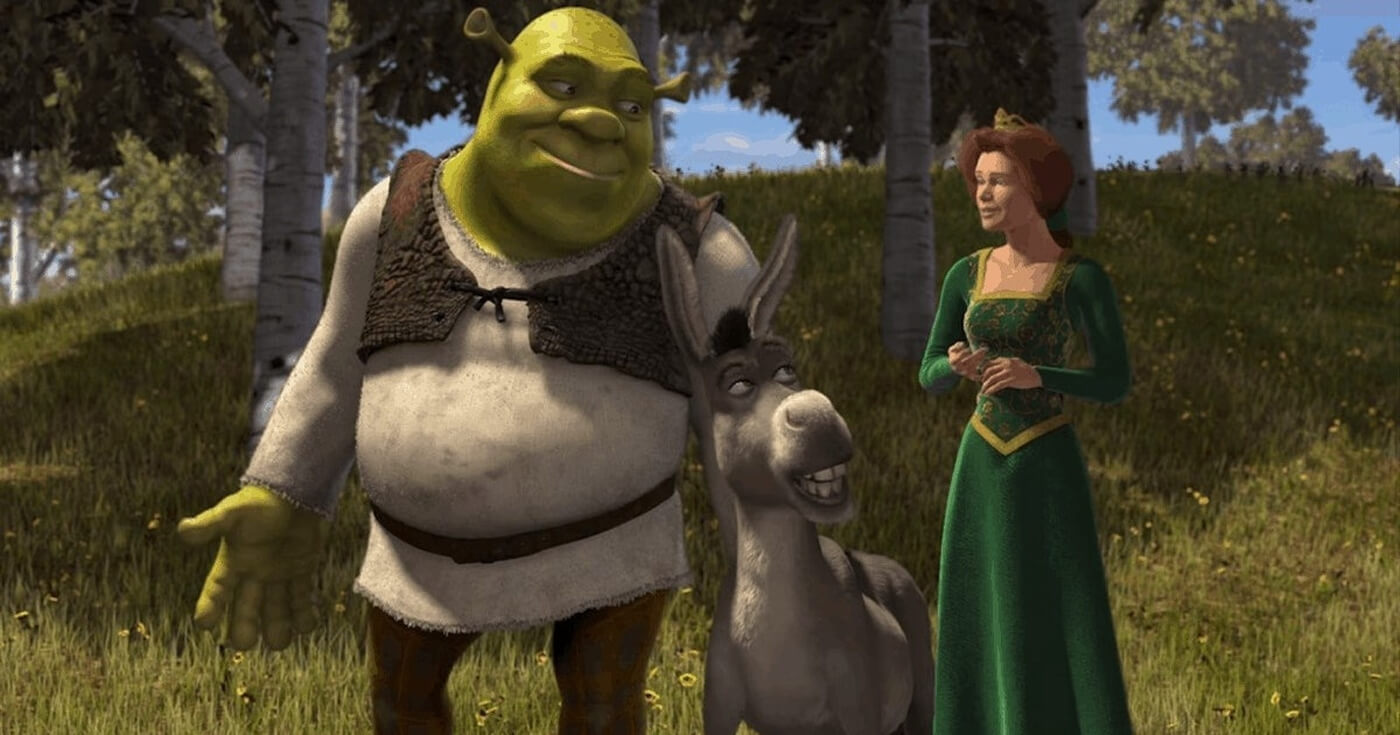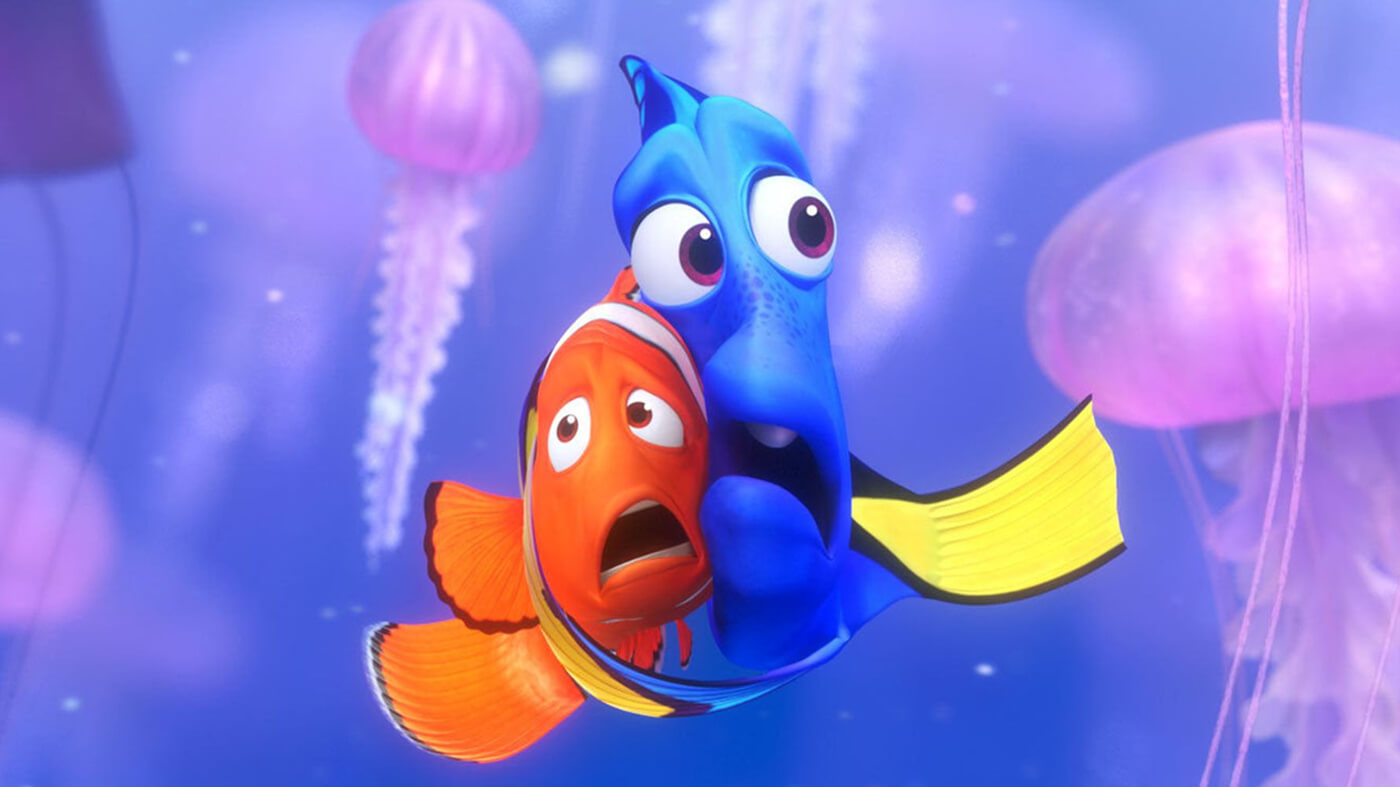Comedy holds a significant role in stories of every genre. Even the most dramatic plays and films can benefit from a few laughs. One of the best ways to introduce comedy in any type of story is through the use of a gag character.
What is a Gag Character in Film and TV?
First, let’s define gag character
Now that we've introduced these fascinating jesters of the narrative world, let's delve into understanding what makes a character a gag character by looking at its definition.
GAG CHARACTER DEFINITION
What is a gag character in film and TV?
A gag character is a type of character in a story that is specifically designed to induce laughter and amusement through their comedic dialogue, exaggerated behaviors, or absurd situations they find themselves in. They may not contribute significantly to the main plotline, but their role in creating a light-hearted mood cannot be overlooked.
The origins and history of gag characters are as diverse as the media they appear in. The concept can be traced back to ancient Greek and Roman comedies, where characters were often crafted to generate humor through slapstick comedy or witty banter.
What is a Gag Character Used for?
- Mater in Cars
- Jar Jar Binks in Star Wars: Episode I - The Phantom Menace
- Olaf in Frozen
Gag Character Meaning and Function
What is a Gag Character Used For?
Gag characters may seem like they have a very straight forward function and in many ways they do. Get a good laugh and then recede into the background while the story focuses on the central characters. However, gag characters, when written well, can accomplish much more than the occasional laugh.
Comic Relief
Gag characters provide comic relief, injecting humor into the narrative. In dramas, this helps release tension or break up the one-dimensional tone of a story. In comedy, they are the characters we often look to for the funniest moments in a scene.
Gag characters often sport exaggerated traits or find themselves in absurd situations that are inherently amusing. They're the ones who break the ice, easing the tension of the plot and offering the audience a moment to catch their breath from the heavier elements of the story.
Think of Donkey in Shrek. Donkey's role is to bring a lightness to the story, providing comic relief while also being a loyal and supportive friend to the main character. Without Donkey, Shrek would be missing an essential element that makes it such a beloved and well-rounded tale.

Donkey in Shrek
The Unseen Plot Drivers
Beyond comic relief, gag characters can have a direct impact on a story’s plot. Because they are often eccentric or random, gag characters may do something that sets the whole story in a different direction. They are great tools to introduce a bit of chaos or a turning point.
A great example of this is the character Alan in The Hangover. The whole catalyst for the story of the film is Alan drugging the gang — a major plot point.
The Hangover • Alan Admits To Slipping The Guys Roofies
Setting the Mood
Gag characters can set the tone of a film or scene, signaling to the audience the nature of the narrative. Their presence hints that the story is not all serious business or at least the scene in which they appear will be a bit less tense. They're the ones maintaining the balance, keeping the narrative engaging and palatable.
A great example of this in cinema is the character Dory in Finding Nemo. While the story may revolve around a father's search for his son, it is Dory's bubbly and quirky personality that brings lightness to the otherwise emotionally charged plot.

Finding Nemo • Dory serves as a gag character example
Gag characters do more than tickle your funny bone. When used for maximum impact, they can be major influences on main characters and the overall plot itself.
What is a Gag Character Defined By?
Characteristics of a Gag Character
What makes a character a gag character? How do the best writers create them? There are a few traits many great gag characters have that make them both hilarious, but also believable.
The Art of Exaggeration
A defining trait of a gag character is exaggeration. Similar to a caricature artist highlighting noticeable features, creators amplify aspects of a gag character's personality or appearance. This can include an over-the-top hairstyle or a larger-than-life trait. Exaggeration adds absurdity and fuels the character's humor.
An example of this is the character Kramer in Seinfeld. Kramer's eccentricities, such as his wild hair, chaotic lifestyle, and even movement are exaggerated for comedic effect.
Kramer in Seinfeld
Relatable, Yet Ridiculous
Gag characters often face relatable situations presented in a ridiculous manner. They may struggle with everyday tasks like cooking or driving, resulting in comedic mishaps. These absurd scenarios connect with the audience through familiar experiences, enhancing the humor.
An example of this is Sandy Lyle in Along Came Polly. Played by the inimitable Philip Seymour Hoffman, Sandy is both relatable in his insecurities and ridiculous in his exaggerated attempts to impress others.
Along Came Polly
Unpredictable and Spontaneous
Gag characters are known for their unexpected nature. They make spontaneous decisions that can lead to amusing and sometimes chaotic results. This unpredictability adds surprise to the humor, keeping the audience on their toes.
In the genre of comedy, we can see a perfect example of this phenomenon through the character of Brick in the movie Anchorman. Brick's eccentric choices and unpredictable dialogue make him a unique and unpredictable gag character.
Anchorman • Brick killed a guy
Innocently Oblivious
Gag characters often possess an innocent obliviousness that adds to their comedic appeal. They may misunderstand situations, misinterpret conversations, or remain blissfully unaware of the chaos they cause. This innocence endears them to audiences, fueling their comedic antics.
A great innocently oblivious character in movies is Korg in Thor: Ragnarok. Despite being a powerful alien warrior, Korg's innocent and childlike view of the world creates humorous moments throughout the film.
Thor: Ragnarok (2017) • "Korg & Miek"
Comedy is often overlooked when writing outside of the genre of comedy. And it can be the downfall of many dramatic writers. Using a gag character can be the key to achieving tonal balance in a story.
Up Next
How to Write Comedy
As we wrap up our exploration of gag characters, we lead into another realm of humor - the art of writing comedy. In our next article, we dive into the nuances of creating laughter.
